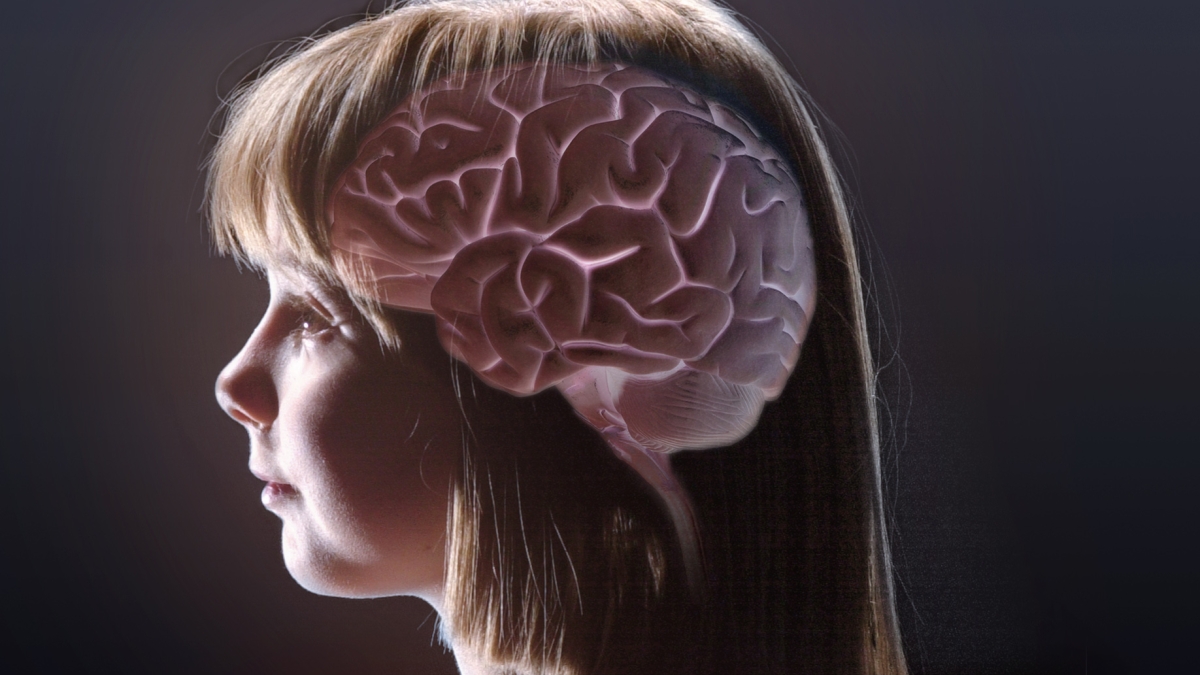New ASU research on sense of smell could help pinpoint causes of brain diseases

The National Science Foundation has awarded Arizona State University — and three partner institutions — a three-year, $3.6 million grant to study how healthy brains create memories of odors, as well as how they fail when affected by disease.
Photo by: Arizona State University
Like most animals, we rely on our sense of smell for survival. It’s critical to our health and an important factor in our quality of life.
A reduction in our ability to smell is believed to be a precursor to neurodegenerative diseases such as Alzheimer’s, Parkinson’s and Huntington’s, to name a few. Yet olfaction is poorly understood compared with our other senses. Gaining a better understanding will have a broad impact in biomedicine, agriculture and engineering applications.
In a new effort to promote transformative research on critical questions about our sense of smell, the National Science Foundation hosted an Ideas Lab called “Cracking the Olfactory Code.” As part of this effort to generate interdisciplinary, innovative collaborations for discovery in the field of olfaction, the National Science Foundation has awarded Arizona State University — and three partner institutions — a three-year, $3.6 million grant to study how healthy brains create memories of odors, as well as how they fail when affected by disease.
ASU professor Brian Smith’s research team will receive $900,000 as part of the study with colleagues from Harvard University, Salk Institute for Biological Studies and California Institute of Technology. This grant is one of three provided nationally.
“The opportunity through the NSF Ideas Lab has allowed us to develop novel, innovative and highly interdisciplinary approaches to advance an understanding of how the brain represents odors,” said Smith, professor and neuroscientist with the ASU School of Life Sciences. “Reaching this understanding will have a broad impact in biomedicine and agriculture, as well as engineering applications.”
The scientists will use honeybees and fruit flies as models to better understand the physical space of odors — how natural odors occur and how an organism must detect them against complex backgrounds. This study would allow researchers an important opportunity to link the physical structure of an odor environment to better understand how the brain works.
Previous studies used synthetic odors to research olfaction, but this team will use natural odors collected from the insects’ environments. This could reveal new information about the neurological circuits behind our sense of smell.
“This exciting, cutting-edge research could provide us with an understanding of neural representations of odor which have never been described before,” Smith said. “This, in turn, could help us understand how brains malfunction when faced with disease.”
The study may also positively impact an effort to engineer devices that could sniff out things such as drugs, bombs or even cancer.

